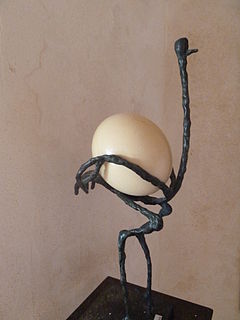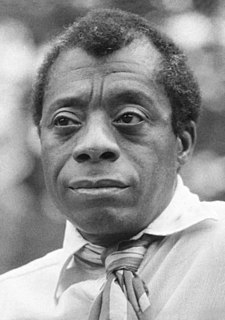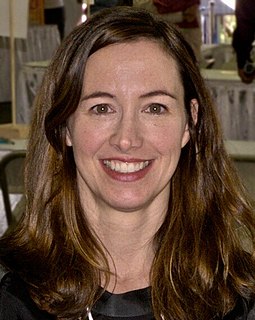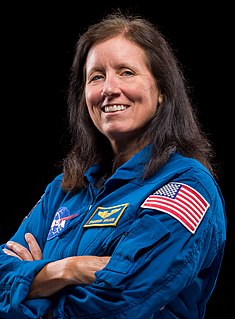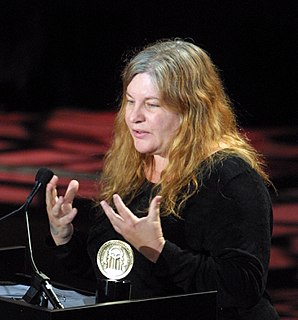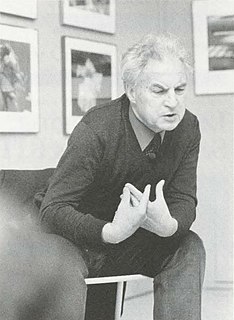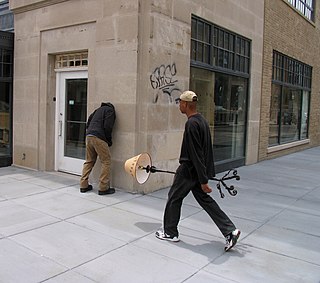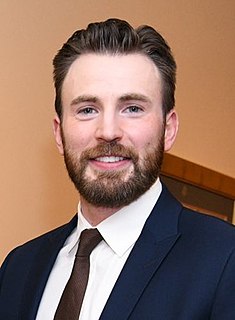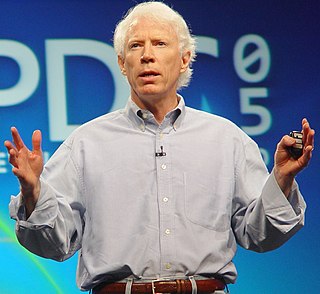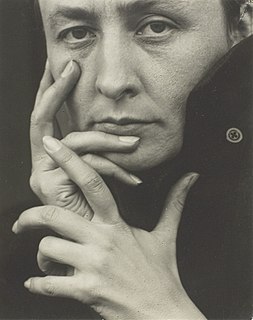A Quote by David Hockney
Photography sees surfaces, it doesn't see space. We see space but the camera doesn't.
Quote Topics
Related Quotes
Two years ago I focused on one apartment to see how many variations you can come up with in a given space with the same parameters. I would work on this repeatedly for days and you see that there is maybe seven hundred options for one space. This exercise gives you an idea of the degree at which you can interpret the organization of space, it is not infinite but it's very large.




